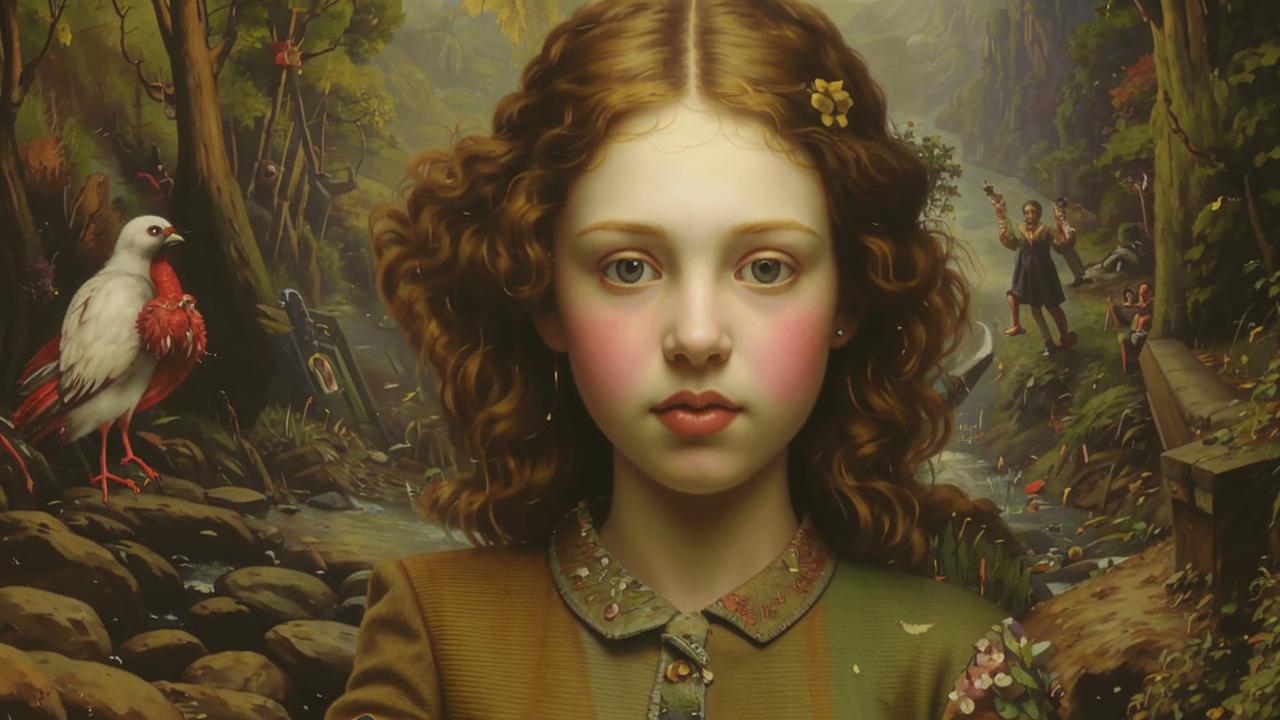
cultural critic, photographer
The golden ratio works everywhere. It is what determines how attractive a person’s appearance is based on proportions. To understand it in more detail, I suggest to start with formulas, learn about Marquardt’s mask, and then discuss the topic of beauty more globally.
By the way, there is a bonus at the very end – tips on using the principles of the golden ratio in photography.
What is the golden ratio?
The golden ratio is a mathematical relationship that occurs when you divide a segment into two parts so that the ratio of the smaller to the larger is equal to the ratio of the larger to the entire segment. It is equal to approximately 1.618. It is a harmonious proportion that is used in art and architecture, but not only there.
The golden ratio formula expresses the ratio between two parts of a segment divided in the golden ratio. This ratio is approximately 1.61803398875, but is usually denoted as the symbol “φ” (after the Greek sculptor Phidias).
So, it looks like the following:
a / b = (a + b) / a = φ, where “a” and “b” are the two parts of a segment divided in the golden ratio, and “φ” is a constant value equal to the ratio of the two parts of the segment, which defines the golden ratio.
Too complicated? Then you can simply memorize the principle of the golden ratio: the smaller part relates to the larger part as the larger part relates to the whole. To be clearer, let’s try to understand the example of human appearance. This topic is interesting to everyone, because everyone wants to know how attractive he is.
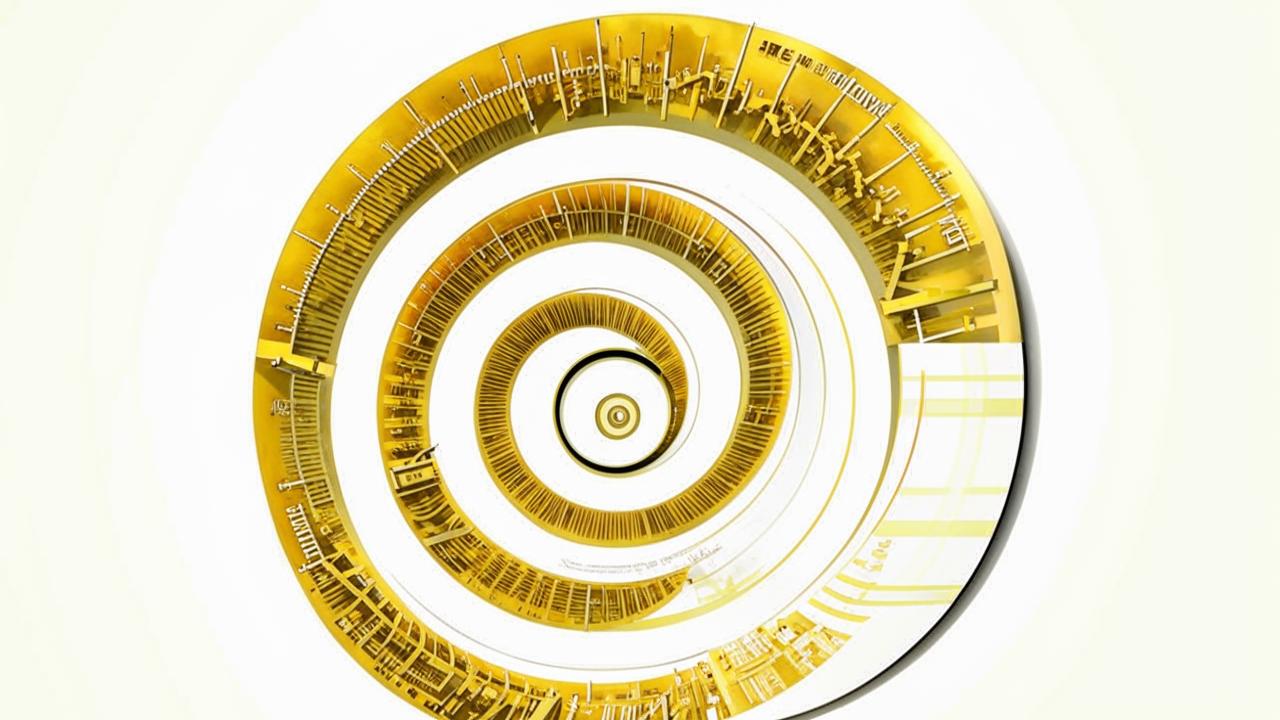
Golden Ratio of the face: how to measure
So, in relation to the appearance of a person, the golden ratio is the proportions of facial features. If they fit into the formula, then the appearance will be attractive to others.
To understand how close you are to the ideal, you need to carry out the following manipulations and measurements:
1. Divide the face into three equal parts: from the hairline to the eyebrows, then from this mark to the tip of the nose, now from here to the chin.
2- Measure the distance from the hairline to the beginning of the eyebrows and from the beginning of the eyebrows to the tip of the nose. The distances should be equal.
3. Divide the distance from the beginning of the eyebrows to the end of the nose into two equal parts. The point where the division occurs will correspond to where the end of the eyebrows should be.
4. Measure the distance from the end of your nose to your chin and divide it into two equal parts. The point where the division occurs will correspond to where the end of the chin should be.
5. Check that the distance from the beginning of the eyebrows to the end of the nose is equal to the distance from the end of the nose to the chin.
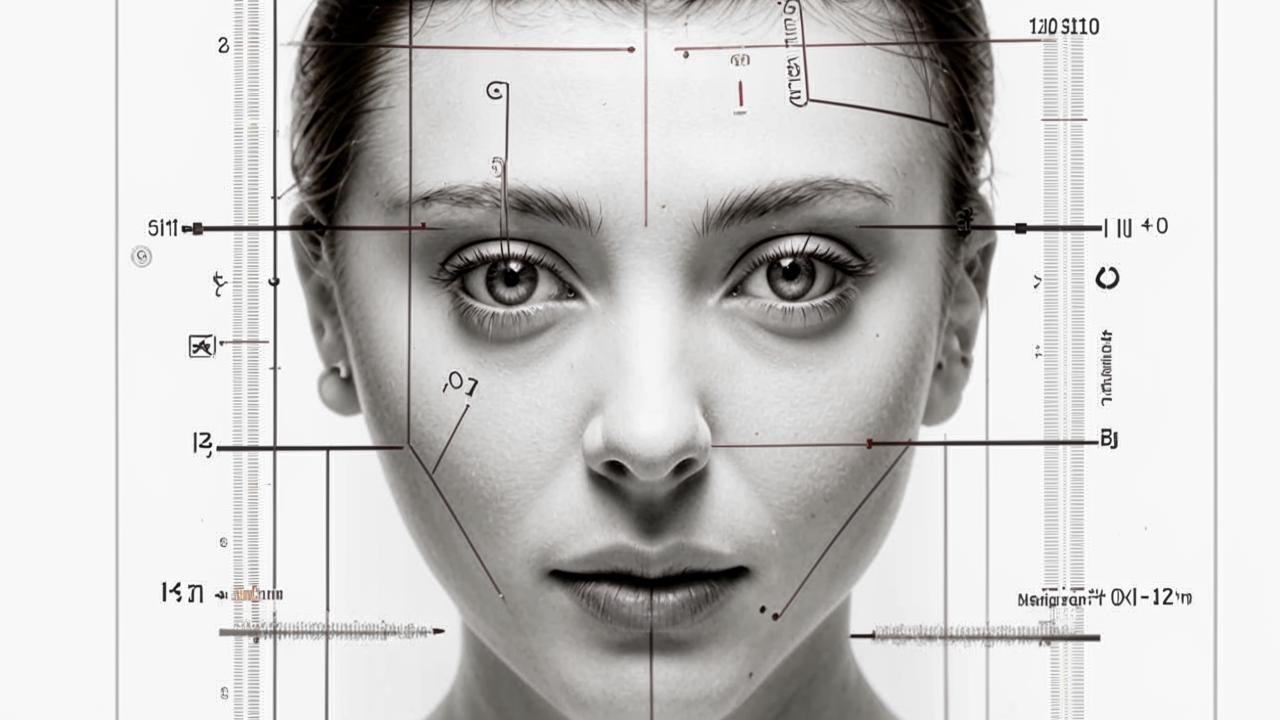
The human being in the golden ratio: general proportions
The proportions of the golden ratio in the body of a man and a woman may differ slightly, but in general they are as follows.
- Face. The distance from the forehead to the tip of the nose should be equal to the segment from the tip of the nose to the chin.
- Eyes. The distance between them should be equal to the width of one eye.
- Mouth. The distance from the lower lip to the chin should be equal to the distance from the upper lip to the nose.
- Body. The distance from the navel to the ground should be equal to the distance from the same to the top of the head.
The mask of the golden ratio
What is it about? If you’re too lazy to measure and count, you can simply superimpose a Marquardt mask on your facial image. Who are we talking about? Steven Marquardt is an American plastic surgeon who studies facial proportions. He helps people correct aesthetic defects resulting from injury, disease, or congenital anomalies.
One of Marquardt’s achievements is the development of a template for determining ideal facial proportions, according to the golden ratio formula. This is the Marquardt mask. It consists of polygons, the sides of which relate to each other in the same proportion – 1 to 1.618.
The more accurately the facial lines fit into this template, the closer the appearance to the ideal. To check, you can try to put a mask on your photo (as they do with images of celebrities).
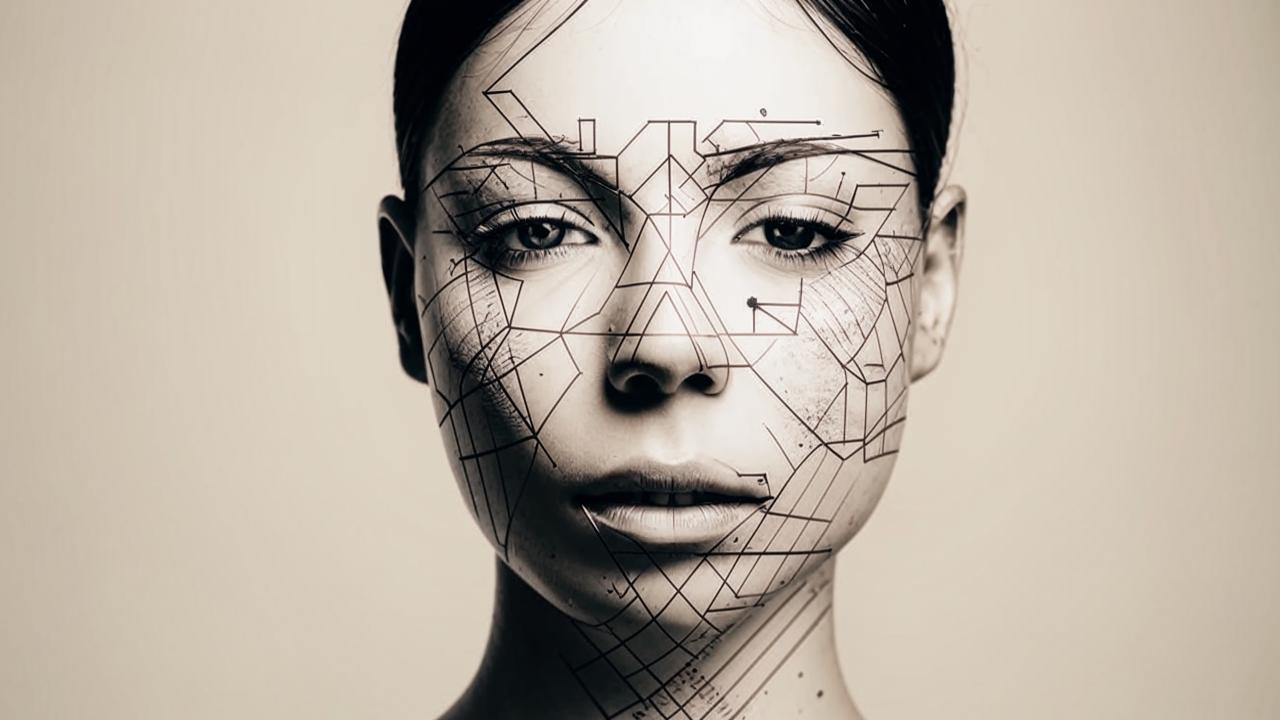
If there is no mask, then you can repeat the calculations that are laid in it. To do this, you need to divide the face into several geometric figures, each of which has its own definite ratios.
One of the main ones is a square that determines the size of the face. On it you can mark several key points that will be used for further calculations.
For example, the upper boundary of the square corresponds to the edge of hair growth, and the lower one to the chin. The horizontal line which divides the square into two equal parts corresponds to the eye line. The vertical line which divides the square into two equal parts corresponds to the nose line.
For calculation of proportions of a nose Marquardt has offered the following formulas:
- The size of the nose should be one-third of the width of the face.
- The size of a nose in area of wings should be equal to the size of a longitudinal cut of eyes.
- The angle between the back of the nose and the forehead line should be 35 degrees.
- The angle between the upper lip and the columella in women should not exceed 105 degrees, and in men – 95 degrees.
So, researches have shown that the closer a human face is to Marquardt’s template, the more attractive it is to others. His features are pleasing to the eye. Appearance as a whole disposes to himself.
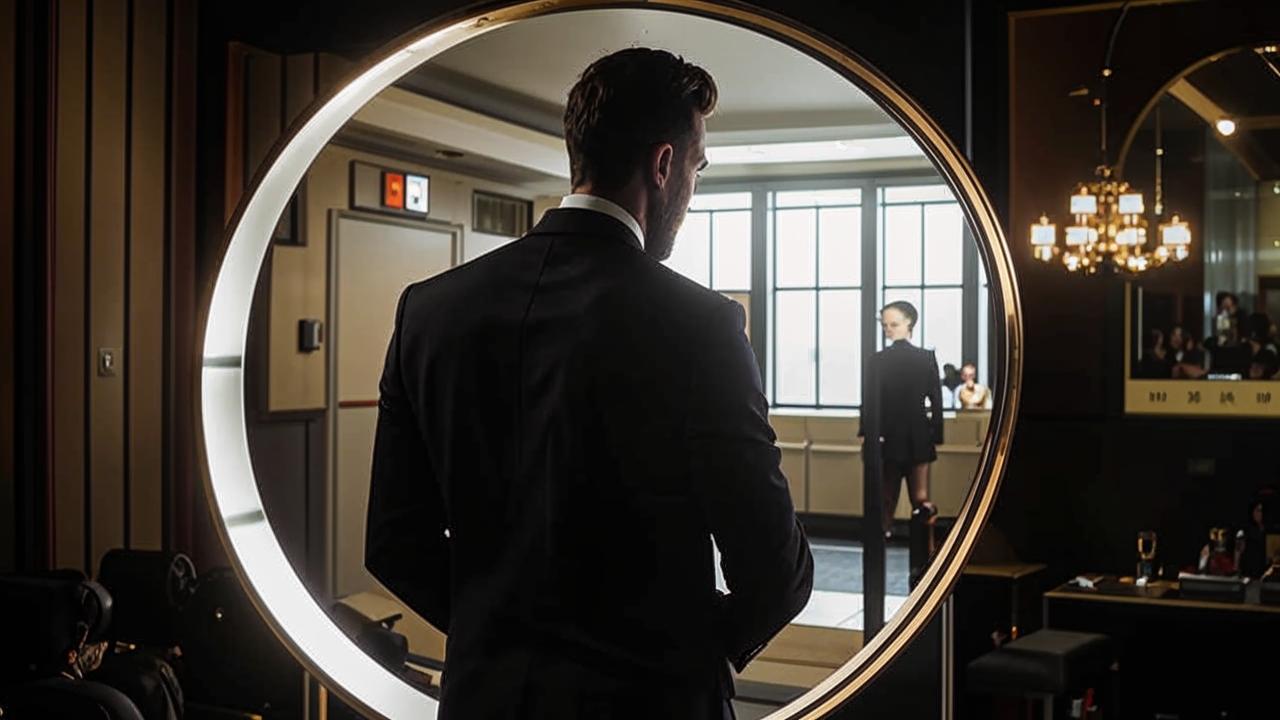
Here it is important to understand a number of moments. The formula of the golden ratio, although it is a fairly accurate tool for assessing the appearance, but still does not take into account many nuances. For example, it cannot be applied to all races and nationalities. But most importantly, it gives only one approach to the concept of beauty. After all, we are dealing with a very ambiguous topic.
Should you be upset if you do not fit into these formulas? Of course not. Beauty is a subjective concept. There is also individuality. Each person is unique and beautiful in their own way.
Where else is the rule of the golden ratio used?
The list of possible areas of application of this formula is huge, because, in fact, it is about creating harmony. In what spheres without it?
1. architecture. This method allows you to create aesthetically pleasing forms.
2. Design: graphic, web, interior, landscape, industrial. Here the golden ratio allows you to create a balance in the composition.
3. Music. Of course, here, too, nowhere without harmony. Musical works, which can be listened to endlessly, are created using the described principle.
4. Painting. Here everything is exactly obvious. It is by the golden ratio that proportional forms and composition are built. It is also worth including animation.
5. Photography. How do you get an aesthetically pleasing frame? It seems that you have already guessed. But, since we are inseparable from the camera now, I offer a small master class. How to use the principle of the golden ratio here? Here are four tips.

4 tips for creating harmonious shots:
1. Place the main subject of the photo at the point of intersection of the lines corresponding to the golden ratio. This will help create a more balanced and attractive composition.
2. Use the golden ratio to place the horizon in the frame. Let it run along that very line. The composition will be more harmonious.
3. Use it to find the most interesting angles. For example, if you are photographing a person, try to place his eyes on the line corresponding to the golden ratio. This will make the shot dynamic and aesthetically pleasing.
4. use this principle to place elements in the frame. For example, if you are photographing a landscape, let the trees or other objects be on the lines corresponding to the golden ratio.
I wish you to see beauty in everything and strive to create it.






